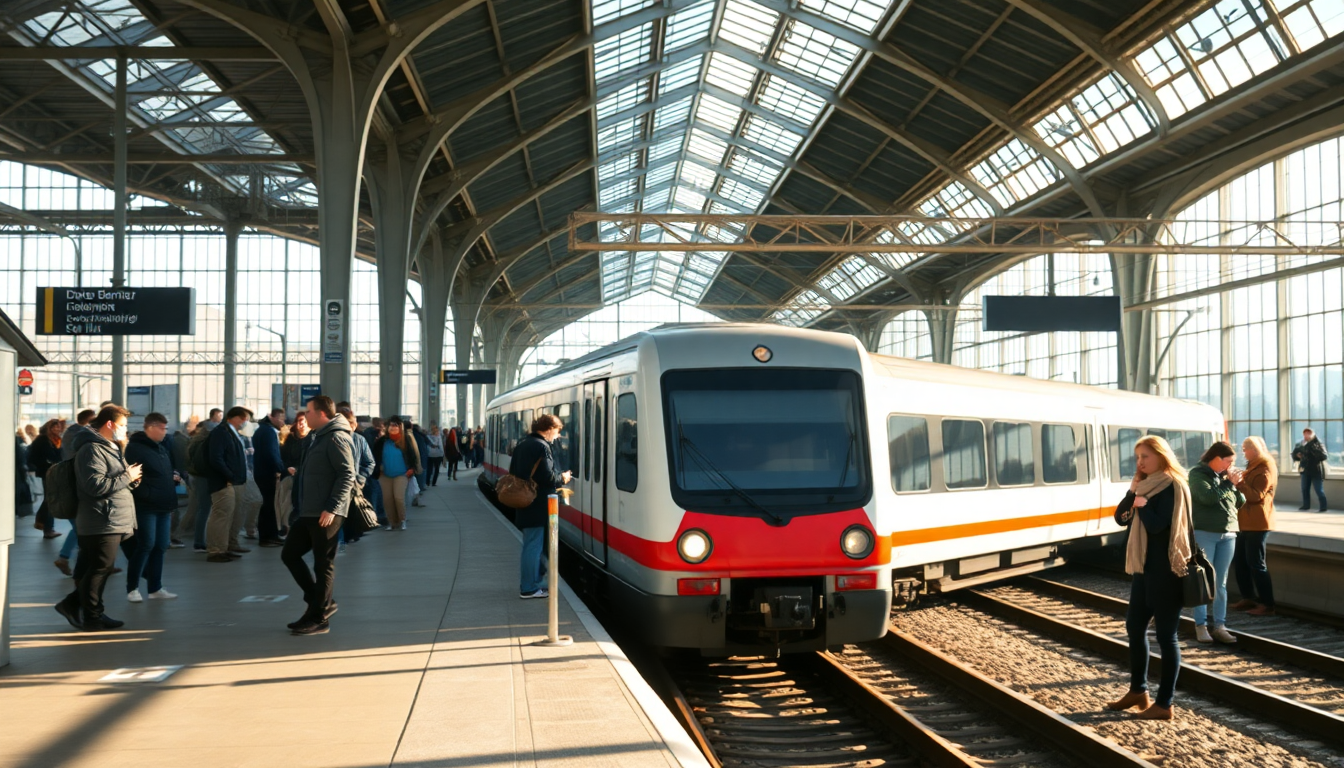Table of Contents
The German railway system, primarily represented by Deutsche Bahn, is currently grappling with some serious challenges, even after pouring billions into infrastructure upgrades. With a dismal punctuality rate of just 57.1%, it’s no wonder that commuters and policymakers are feeling the heat. So, what’s really going on with Deutsche Bahn? This article takes a closer look at the intricate issues facing the rail network, the hesitations from transport officials, and what it all means for the future of train travel in Germany.
Current performance and investment challenges
Recent statistics reveal a troubling trend: Deutsche Bahn’s punctuality has barely budged, despite hefty investments aimed at upgrades and modernization. This stagnation raises some pressing questions about whether the money is being well spent and what strategies are being put in place to tackle these ongoing problems. Transport Minister Patrick Schnieder’s hesitance to set stricter deadlines for improvements has sparked quite a bit of debate among stakeholders. So, what are the root causes of these persistent inefficiencies?
Adding another layer to this complicated picture are the management decisions within Deutsche Bahn. The spotlight is firmly on CEO Richard Lutz as stakeholders wonder if he’s the right captain to steer the ship through these stormy seas. Labor representatives, like Martin Burkert, have voiced concerns about a lengthy struggle ahead—potentially extending for another decade—if bold actions aren’t taken. The phrase ‘Valley of Tears’ perfectly encapsulates this dire outlook, stressing the urgent need for reform.
EU financial strategies and their implications
Meanwhile, in Brussels, European Commission President Ursula von der Leyen is pushing for new EU taxes aimed at raising billions for defense and digital initiatives. This plan could involve increased taxes on tobacco, electronic waste, and a new charge targeting large companies with revenues over 50 million euros. However, this proposal is facing stiff opposition from figures like Friedrich Merz, who staunchly opposes tax hikes and is blocking funding for the next generation of EU projects. This clash highlights the ongoing struggle between funding priorities and the pressing need for infrastructure improvements.
The potential impact of these financial strategies is significant, as they could directly influence the funds available for Deutsche Bahn’s modernization efforts. The interaction between national and EU-level financial decisions will be crucial in shaping the future of Germany’s rail system.
The future of Deutsche Bahn: Strategies for improvement
Looking ahead, Deutsche Bahn needs a solid strategy that tackles both operational inefficiencies and financial challenges. A comprehensive overhaul of scheduling and maintenance processes could significantly boost punctuality and reliability. Plus, forming partnerships with tech firms could open up new avenues to harness data analytics for better service delivery.
Engaging with stakeholders—including employees, passengers, and city planners—will also be vital in crafting a sustainable future for the railway system. By addressing the concerns of these groups, Deutsche Bahn can foster a sense of ownership and shared purpose, which is key for long-term success.
In conclusion, while Deutsche Bahn is facing some daunting challenges right now, there’s still a glimmer of hope for recovery and growth. With smart planning, decisive leadership, and a commitment to transparency, the German railway system can navigate these turbulent waters and transform into a model of efficiency and reliability in public transport. Are we ready to see this transformation unfold?


